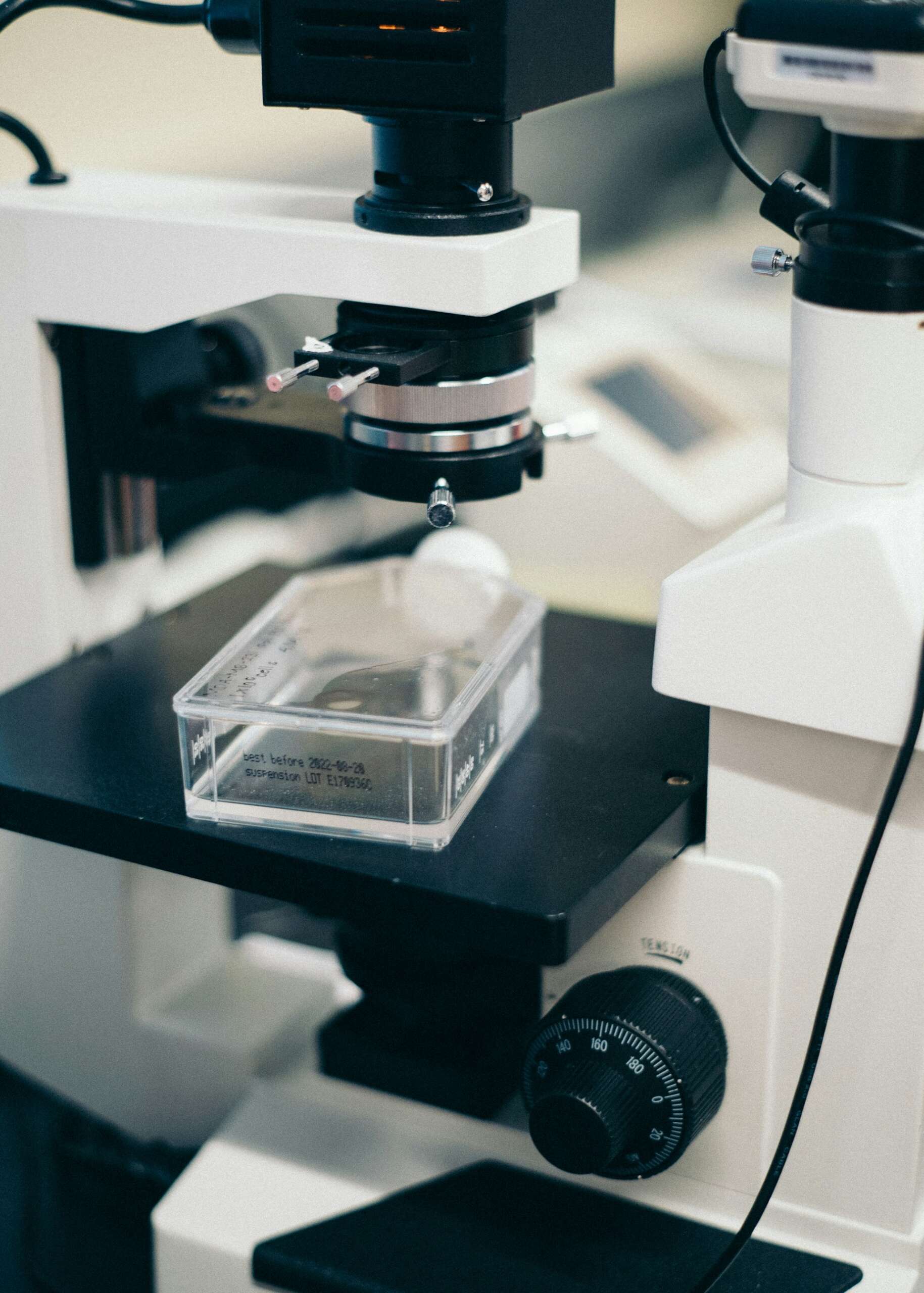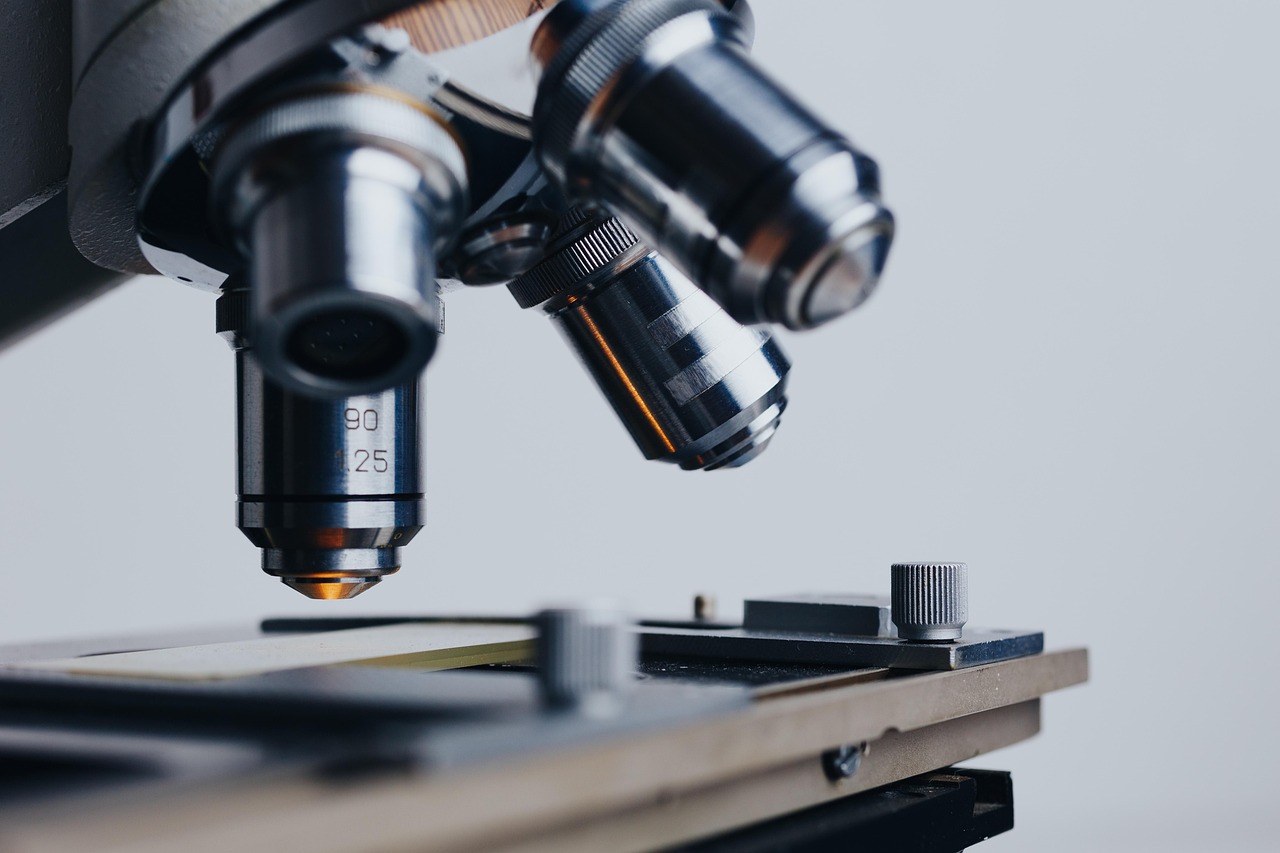
Biological research has reached unprecedented heights with the integration of advanced lab instruments. The ability to perform intricate analyses quickly and accurately has opened doors to discoveries previously deemed impossible. Researchers now possess tools that boost productivity and the reliability of their results. These innovations have transformed various fields within biology, including genetics, microbiology, and biochemistry.
By leveraging advanced lab instruments, scientists can dive deeper into cellular mechanisms, understand complex interactions, and uncover novel therapeutic avenues. The biological research is continuously evolving, enabling researchers to tackle some of the most pressing challenges in medicine, environmental science, and public health.
Table of Contents
Plate Readers and The Future of Quantitative Analysis
Plate readers have emerged as necessary tools in biological research, streamlining the process of quantitative analysis across various applications. These instruments assess samples in microtiter plates, allowing for high-throughput screening and rapid data collection. In drug discovery and screening, homogeneous time-resolved fluorescence (HTRF) can measure biological molecules in the life sciences and assess cellular responses to various compounds in a fraction of the time previously required. This level of efficiency accelerates the drug development process and lowers associated costs by minimizing the number of failed trials.
Plate readers are employed in environmental monitoring and food safety, capable of detecting pathogens and toxins with high precision. Advanced models featuring dual detection capabilities broaden their applicability and create synergies between various analytical methods. As researchers continue to innovate in their fields, the functionalities offered by plate readers will expand and remain central to laboratory practices.
Data Acquisition
Traditional techniques required extensive time and manual labor, limiting researchers’ ability to gather substantial datasets. Thanks to the advent of automated systems, data acquisition has dramatically sped up the process. Instruments like high-throughput sequencers and automated liquid handlers can now process samples at an unprecedented scale, leading to richer datasets in much shorter timeframes.
Rapid data collection enables the ability to conduct more comprehensive studies, supporting findings that are statistically robust and scientifically valid. The implementation of multiplexing techniques, where multiple assays are performed simultaneously. This saves time and conserves valuable samples so that research can proceed even with limited resources.
Sensitivity and Specificity in Measurements
Today’s tools are designed to detect minute quantities of biological molecules, enabling researchers to conduct more accurate analyses than ever before. Advanced fluorescence microscopy allows scientists to visualize cellular components with impressive resolution, revealing intricate details that inform their understanding of biological pathways.
Innovations in mass spectrometry have improved the detection limits for proteins and metabolic compounds, leading to the identification of previously undetectable species. This greater accuracy facilitates more reliable results and boosts confidence in scientific claims. A better specificity reduces background noise and false positives in experimental readings, making it easier for researchers to identify genuine results from noise.
Artificial Intelligence
The integration of artificial intelligence (AI) into laboratory instruments symbolizes a shift in biological research methodologies. AI algorithms promote data analysis, streamline workflows, and improve decision-making processes in real-time. Through machine learning, these systems can identify patterns within complex datasets, generating insights that improve experimental design and optimize resource allocation. This technology expedites the review of scientific literature, allowing researchers to remain abreast of the latest developments and cross-referencing similar studies to inform their work.
AI-powered instruments can adapt their protocols based on real-time feedback, reducing the time spent adjusting parameters during experimentation. AI’s role in processing and interpreting information will shape future biological research outcomes.
Impact on Genomics and Genetic Engineering
Progress in lab instruments has had a profound impact on genomics and genetic engineering, making previously complex manipulations more accessible to a wider audience. Innovations like CRISPR-Cas9 gene editing technology rely heavily on precise and efficient instrumentation to guarantee successful outcomes. Techniques like next-generation sequencing are now more straightforward, meaning that researchers can probe deeper into genetic material and uncover pathogenic mutations driving diseases.
Automated systems for DNA assembly and cloning have accelerated the pace at which genetic constructs can be built while minimizing human error. This labor reduction allows researchers to shift their focus away from tedious manual tasks to innovative areas of study. As genomic technologies evolve, so will the capabilities of lab instruments, pushing the boundaries of genetic research and its applications in gene therapy and synthetic biology.
Cost Efficiency and Resource Management
The integration of advanced lab instruments brings about cost efficiency and improved resource management in biological research. High-throughput systems maximize the utilization of both time and materials, resulting in substantial savings in project costs. Automation reduces the need for extensive manual labor, cutting down labor costs and minimizing human error in sample processing.
The conservation of samples of rare or difficult-to-produce materials so that researchers can obtain optimal results without excess wastage. Recent studies indicate that automation can improve throughput and drive down the cost per sample. Labs will allocate their budgets to other critical areas of research. By minimizing expenses while maximizing outputs, institutions can achieve more ambitious research goals and create a culture of innovation and productivity.
Collaboration and Data Sharing in Research
Advanced lab instruments promote increased collaboration and data sharing across the scientific community. Modern research transcends geographical boundaries, necessitating shared resources and collective expertise. Platforms that integrate with lab instruments encourage real-time data sharing, enabling global research teams to collaborate on projects regardless of their locations.
Open-access platforms built for sharing experimental data further support collaborative efforts. Researchers will validate findings and build on each other’s work without duplicating efforts. In response to global challenges, the ability to share data rapidly has proven crucial for adjusting to new knowledge and developing effective interventions. As collaborative frameworks continue to grow, the role of advanced lab instruments in promoting connectivity and transparency will be explored in future research initiatives.

Biological research stands at the cusp of extraordinary transformation thanks to advancements in lab instrumentation. New technologies result in a significant increase in efficiency and accuracy while reducing the limitations that once hampered the field. As researchers harness these innovative tools, their capacity to make profound discoveries expands, pushing the boundaries of science and improving lives globally.


